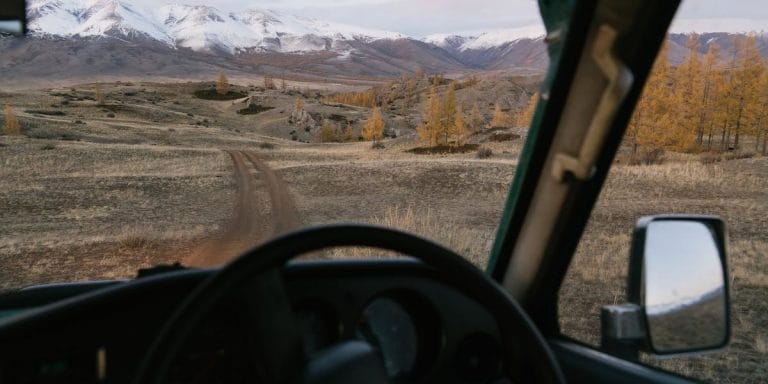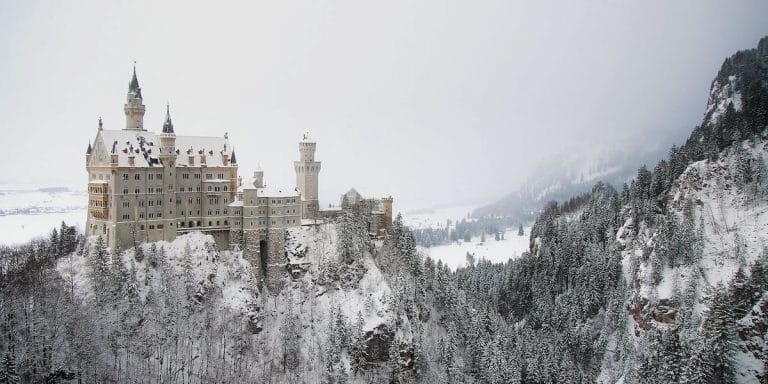Unveiling the Wonders of Asia: A Journey of Exploration and Discovery
Imagine yourself standing at the crossroads of ancient civilizations, surrounded by breathtaking landscapes, vibrant cultures, and tantalizing flavors. Asia, the largest and most diverse continent on our planet, beckons you to embark on an unforgettable journey of exploration and discovery. From the snow-capped peaks of the Himalayas to the pristine beaches of Southeast Asia, this vast continent offers a kaleidoscope of experiences that will leave you spellbound.
Whether you are an intrepid adventurer seeking adrenaline-pumping escapades or a history buff eager to unravel the mysteries of ancient civilizations, Asia has something for everyone. Get ready to immerse yourself in the bustling streets of Tokyo, savor the mouthwatering street food of Bangkok, or lose yourself in the tranquility of Bali’s lush rice terraces. The possibilities are endless, and the memories you create will last a lifetime.
But before you embark on this geographical odyssey, it’s essential to arm yourself with the knowledge of Asia’s diverse landscapes, climate zones, and cultural nuances. Understanding the geographical overview of this enchanting continent will not only enhance your travel experience but also allow you to appreciate the rich tapestry of history and natural wonders that await you.
So, fasten your seatbelts and prepare to delve into a research that will unravel the geographical marvels of Asia, guiding you towards a deeper understanding of this captivating continent.
Case Study 1: The Great Barrier Reef, Australia
The Great Barrier Reef is a natural wonder located off the coast of Queensland, Australia. It is the largest coral reef system in the world, stretching over 2,300 kilometers. The reef is home to a diverse range of marine life, including over 1,500 species of fish and 600 types of coral. It attracts millions of tourists each year, contributing significantly to Australia’s economy. However, the Great Barrier Reef is facing numerous threats, such as climate change, pollution, and overfishing, which are causing coral bleaching and habitat destruction.
Case Study 2: The Amazon Rainforest, South America
The Amazon Rainforest is the largest tropical rainforest in the world, covering an area of approximately 5.5 million square kilometers across nine countries in South America. It is often referred to as the “lungs of the Earth” due to its vital role in producing oxygen and regulating the global climate. The Amazon is home to an estimated 400 billion individual trees and countless species of plants, animals, and indigenous communities. However, deforestation rates in the Amazon have been alarmingly high, primarily driven by activities such as logging, agriculture, and mining, posing a severe threat to the biodiversity and ecological balance of the region.
Case Study 3: The Netherlands and Land Reclamation
The Netherlands is a country known for its innovative land reclamation techniques. With a significant portion of its land lying below sea level, the Dutch have developed sophisticated systems to reclaim and protect their territory from flooding. One notable example is the Zuiderzee Works, a series of dams, dikes, and polders constructed in the early 20th century to transform the Zuiderzee, a shallow bay, into the IJsselmeer, a freshwater lake. This project not only created new land for agriculture and housing but also provided flood protection and improved water management. The Netherlands’ expertise in land reclamation has been recognized globally and has influenced similar projects in other countries facing similar geographic challenges.
Case Study 4: Mount Everest, Nepal
Mount Everest, located in the Himalayas, is the highest peak in the world, standing at 8,848 meters above sea level. It attracts mountaineers from around the globe, seeking to conquer its challenging slopes and experience the thrill of reaching the summit. The geographic features of Mount Everest, such as its extreme altitude, harsh weather conditions, and treacherous terrain, present significant challenges to climbers. Despite the risks involved, thousands of climbers attempt to summit Mount Everest each year, making it a symbol of human determination and adventure.
Understanding the Cases
These case studies provide real-world examples of geographical phenomena, ranging from natural wonders and environmental challenges to human interventions and extreme geographic conditions. They highlight the diverse aspects of geography and its impact on ecosystems, societies, and human activities.

The Great Barrier Reef in Australia is facing numerous threats, including climate change, pollution, and overfishing, which are causing coral bleaching and habitat destruction. Similarly, the Amazon Rainforest in South America is experiencing alarming deforestation rates due to activities like logging, agriculture, and mining, posing a severe threat to biodiversity. On the other hand, the Netherlands has showcased innovative land reclamation techniques to protect its territory from flooding, with projects like the Zuiderzee Works. Lastly, Mount Everest in Nepal presents significant challenges to climbers due to its extreme altitude, harsh weather conditions, and treacherous terrain.
These case studies demonstrate the diverse aspects of geography and its impact on ecosystems, societies, and human activities. They highlight the importance of addressing environmental challenges, preserving biodiversity, and finding innovative solutions to geographical obstacles. The future possibilities of geographical studies lie in further understanding and mitigating the threats faced by natural wonders, promoting sustainable practices, and exploring new frontiers in extreme geography.
When embarking on a journey, it’s essential to have a good understanding of the geographical features of your destination. Not only does it make your travel experience more enjoyable, but it also helps you plan your itinerary better. So, let’s dive into the geographical overview of this fascinating place!
Mountains: If you are a nature enthusiast and love hiking, you’re in for a treat! This region boasts majestic mountain ranges that offer breathtaking views and thrilling adventures. Don’t forget to pack your hiking boots and camera!
Beaches: For those seeking relaxation and sun-soaked days, the coastal areas are a must-visit. With pristine sandy beaches and crystal-clear waters, you can unwind and soak up the sun while sipping on refreshing cocktails. Don’t forget your sunscreen!
Rivers and Lakes: If you’re a fan of water activities, you’re in luck! This region is dotted with picturesque rivers and serene lakes, perfect for boating, fishing, or simply enjoying a peaceful picnic by the water. Don’t forget to bring your fishing gear!
Forests and National Parks: Nature lovers will be delighted to explore the lush green forests and national parks. Immerse yourself in the rich biodiversity, spot unique wildlife, and indulge in thrilling jungle treks. Don’t forget your binoculars!
Deserts: For the adventurous souls, the vast deserts offer a unique experience. From camel rides to sandboarding, you can immerse yourself in the beauty and tranquility of these arid landscapes. Don’t forget your sense of adventure!
Cities and Towns: Last but not least, this region is home to vibrant cities and charming towns. Immerse yourself in the local culture, explore bustling markets, and indulge in delicious cuisine. Don’t forget to try the local delicacies!
Remember, understanding the geographical features of your destination enhances your travel experience. So, pack your bags, get ready for an unforgettable adventure, and make the most of what this incredible place has to offer!








